

Logarithmic kinetics and bundling in random packings of elongated 3D physical links
BY Ivan Bonamassa Balázs Ráth Márton Pósfai Miklós Abért Dániel Keliger Balázs Szegedy János Kertész László Lovász Albert-László Barabási
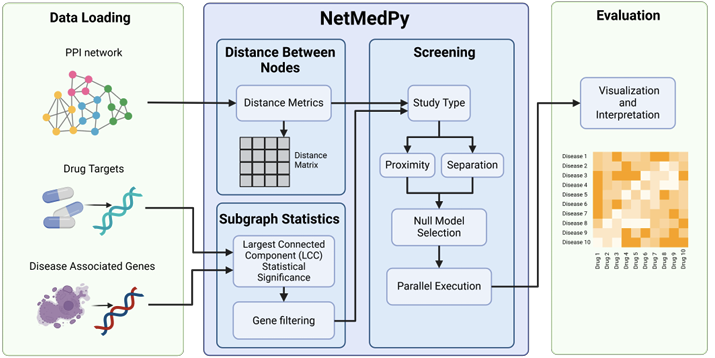
NetMedPy: A Python package for Large-Scale Network Medicine Screening
BY Andrés Aldana, Rodrigo Dorantes-Gilardi, Michael Sebek, Joseph Loscalzo, Albert-László Barabási, Giulia Menichetti

Chemical Complexity of Food and Implications for Therapeutics
BY Giulia Menichetti, Albert-László Barabási, Joseph Loscalzo

Quantifying the impact of biobanks and cohort studies
BY Rodrigo Dorantes-Gilardi, Kerry L. Ivey, Lauren Costa, Rachael Matty, Kelly Cho, John Michael Gaziano, and Albert-László Barabási
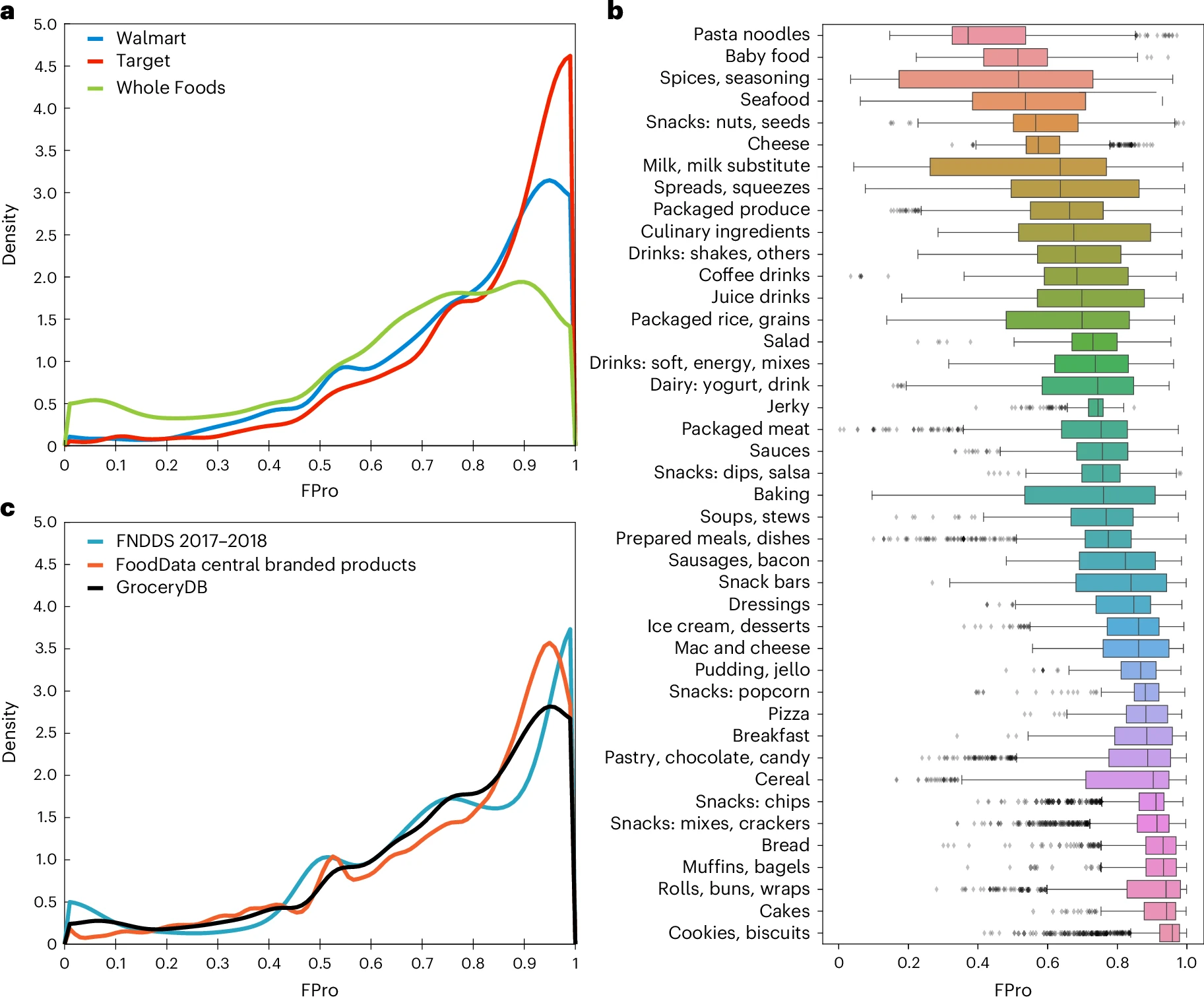
Prevalence of processed foods in major US grocery stores
BY Babak Ravandi, Gordana Ispirova, Michael Sebek, Peter Mehler, Albert-László Barabási & Giulia Menichetti
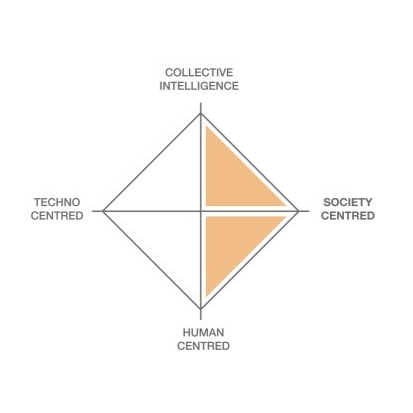
Human-AI coevolution
BY Dino Pedreschi, Luca Pappalardo, Emanuele Ferragina, Ricardo Baeza-Yates, Albert-László Barabási, Frank Dignum, Virginia Dignum, Tina Eliassi-Rad, Fosca Giannotti, János Kertész, Alistair Knott, Yannis Ioannidis, Paul Lukowicz, Andrea Passarella, Alex Sandy Pentland, John Shawe-Taylor, Alessandro Vespignani

Measuring Entanglement in Physical Networks
BY Cory Glover and Albert-László Barabási

Hidden citations obscure true impact in science
BY Xiangyi Meng, Onur Varol, Albert-László Barabási

Mapping philanthropic support of science
BY Louis M. Shekhtman, Alexander J. Gates & Albert-László Barabási

Reproducible science of science at scale: pySciSci
BY Alexander J. Gates , Albert-László Barabási

The clinical trials puzzle: How network effects limit drug discovery
BY Kishore Vasan, Deisy Morselli Gysi, Albert-László Barabási

A network-based normalized impact measure reveals successful periods of scientific discovery across discipline
BY Qing Ke, Alexander J. Gates, and Albert-László Barabási

Who Supports American Art Museums? Introducing a New Dataset and Data Sources about Museum Funding
BY Albert-László Barabási, Louis Shekhtman

Impact of physicality on network structure
BY Márton Pósfai, Balázs Szegedy, Iva Bačić, Luka Blagojević, Miklós Abért, János Kertész, László Lovász & Albert-László Barabási

Non-Coding RNAs Improve the Predictive Power of Network Medicine
BY Deisy Morselli Gysi and Albert-László Barabási

Quantifying hierarchy and prestige in US ballet academies as social predictors of career success
BY Yessica Herrera-Guzmán, Alexander J. Gates, Cristian Candia & Albert-László Barabási

Network medicine framework reveals generic herb-symptom effectiveness of traditional Chinese medicine
BY Xiao Gan, Zixin Shu, Xinyan Wang, Dengying Yan, Jun Li, Shany Ofaim, Réka Albert, Xiaodong Li, Baoyan Liu, Xuezhong Zhou, and Albert-lászló Barabási

Philanthropy in art: locality, donor retention, and prestige
BY Louis Michael Shekhtman & Albert-László Barabási

Assessment of community efforts to advance network-based prediction of protein–protein interactions
BY Xu-Wen Wang, Lorenzo Madeddu, Kerstin Spirohn, Leonardo Martini, Adriano Fazzone, Luca Becchetti, Thomas P. Wytock, István A. Kovács, Olivér M. Balogh, Bettina Benczik, Mátyás Pétervári, Bence Ágg, Péter Ferdinandy, Loan Vulliard, Jörg Menche, Stefania Colonnese, Manuela Petti, Gaetano Scarano, Francesca Cuomo, Tong Hao, Florent Laval, Luc Willems, Jean-Claude Twizere, Marc Vidal, Michael A. Calderwood, Enrico Petrillo, Albert-László Barabási, Edwin K. Silverman, Joseph Loscalzo, Paola Velardi & Yang-Yu Liu

Machine learning prediction of the degree of food processing
BY Giulia Menichetti, Babak Ravandi, Dariush Mozaffarian & Albert-László Barabási

Improving the generalizability of protein-ligand binding predictions with AI-Bind
BY Ayan Chatterjee, Robin Walters, Zohair Shafi, Omair Shafi Ahmed, Michael Sebek, Deisy Gysi, Rose Yu, Tina Eliassi-Rad, Albert-László Barabási, & Giulia Menichetti.

Accelerating network layouts using graph neural networks
BY Csaba Both, Nima Dehmamy, Rose Yu & Albert-László Barabási

Genomics and phenomics of body mass index reveals a complex disease network
BY Huang, J., Huffman, JE., Huang, Y., Do Valle, I., Assimes, TL., Raghavan, S., Voight, B.F., Liu, C., Barabasi, A.-L., Huang, RDL., Hui, Q., Nguyen, X-M T., Ho, Y.-L., Djousse, L., Lynch, J.A., Vujkovic, M., Techeandjiue, C., Tang, H., Damrauer, SM., Reaven, P.D., Miller, D., Phillips, L.S. Ng, MCY. Graff, M., Haiman, C.A., Loos, RJF., North, KE., Yengo, L., Smith, GD., Saleheen, D., GAziano, JM., Rader, DJ., Tsao, PS., Cho, K., Change, K-M., Wilson, PWF., VA Million Veteran Program, Sun Y.V., O’Donnel, CJ.

A century of physics
BY Roberta Sinatra, Pierre Deville, Michael Szell, Dashun Wang and Albert-László Barabási
ABOUT THE LAB
The BarabasiLab, also known as The Center for Complex Network Research at Northeastern University, has changed the way the world understands networks. For 25 years, under the leadership of Albert-László Barabási, the Lab has been developing the visual vocabulary of complexity based on the team’s pioneering research into a broad range of topics, from protein interactions to success in the art world. Their 2-D visualizations, 3-D data sculptures, and virtual reality environments have made complex scientific concepts approachable and relatable, offering a window into how the many systems that govern our world actually function. From the first simplistic diagrams to today’s elaborate aesthetic creations, the Lab’s visualization work has evolved into an expressive language that creates a new relationship between art and science.


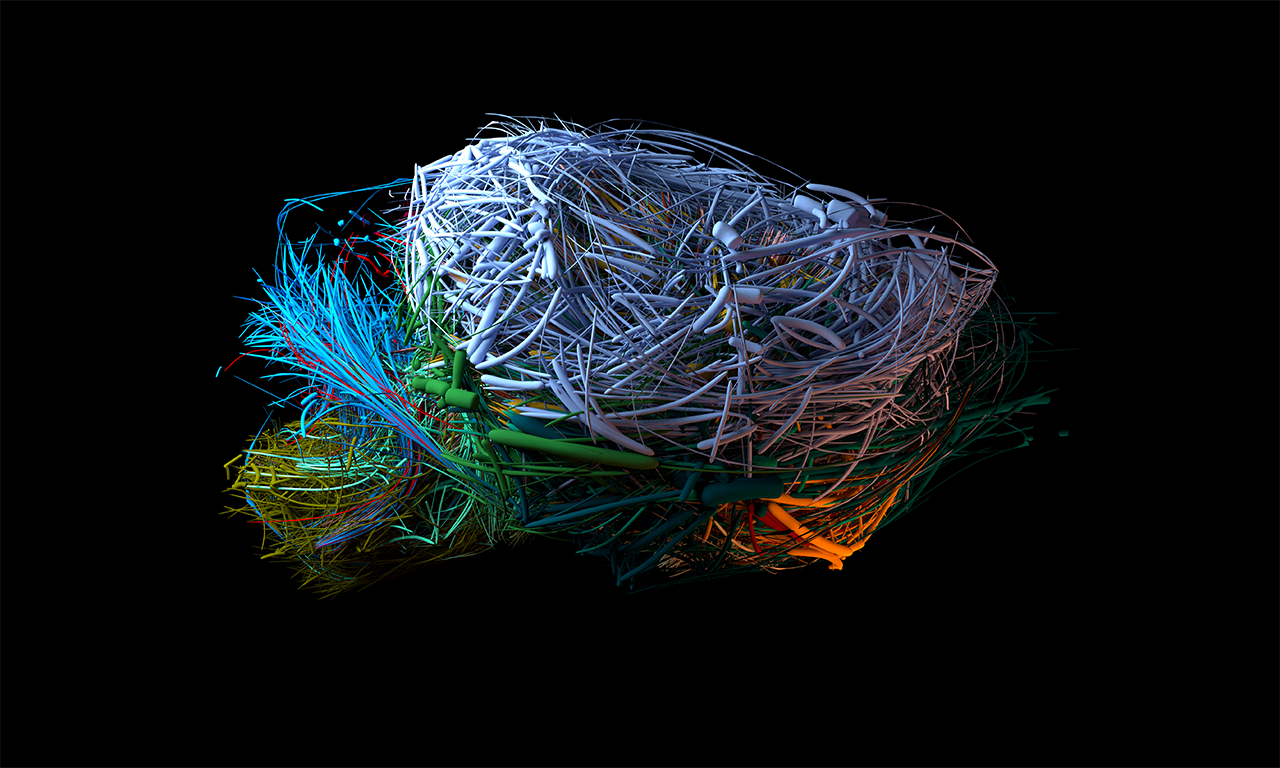

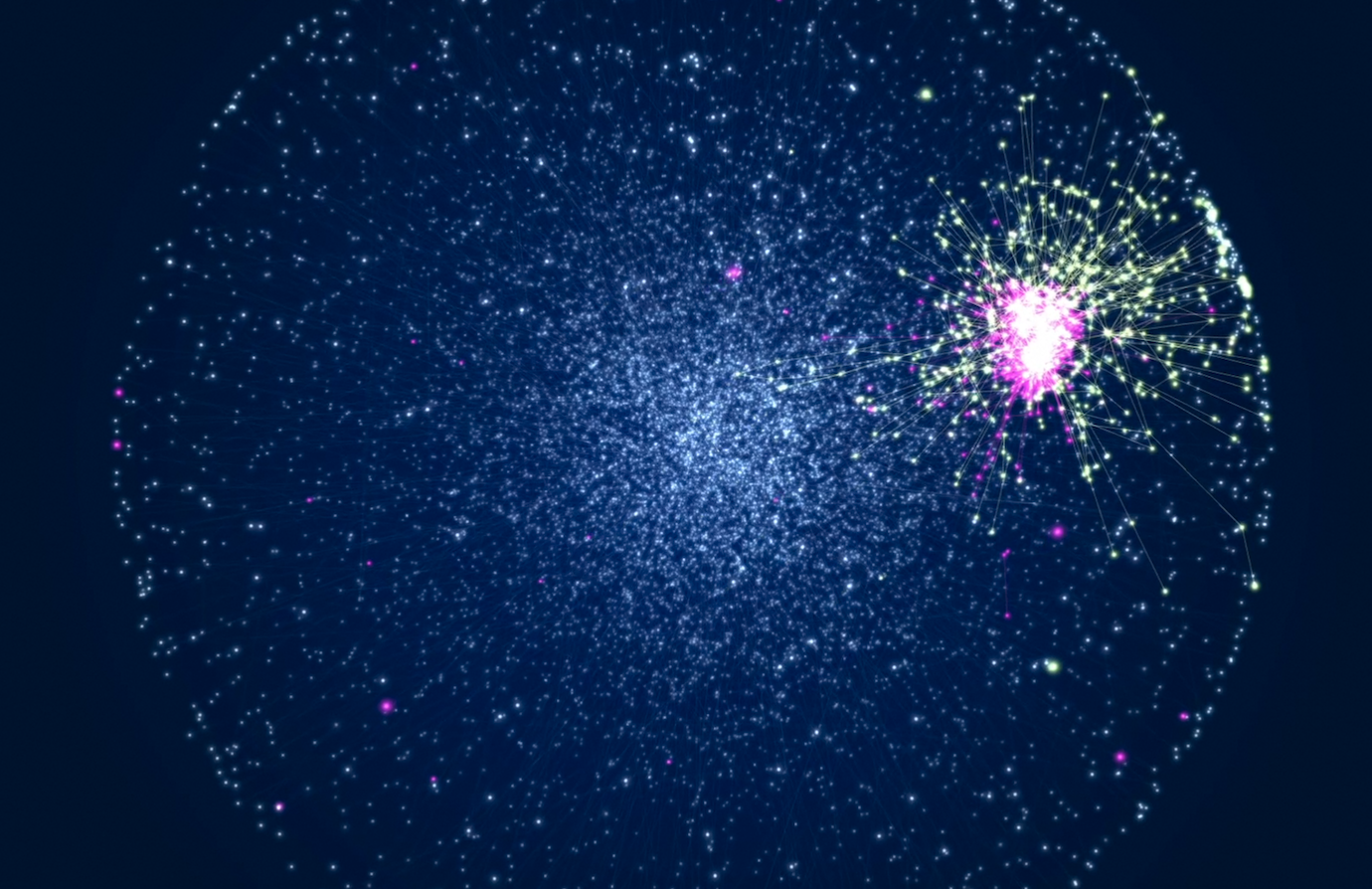
Contact
Social